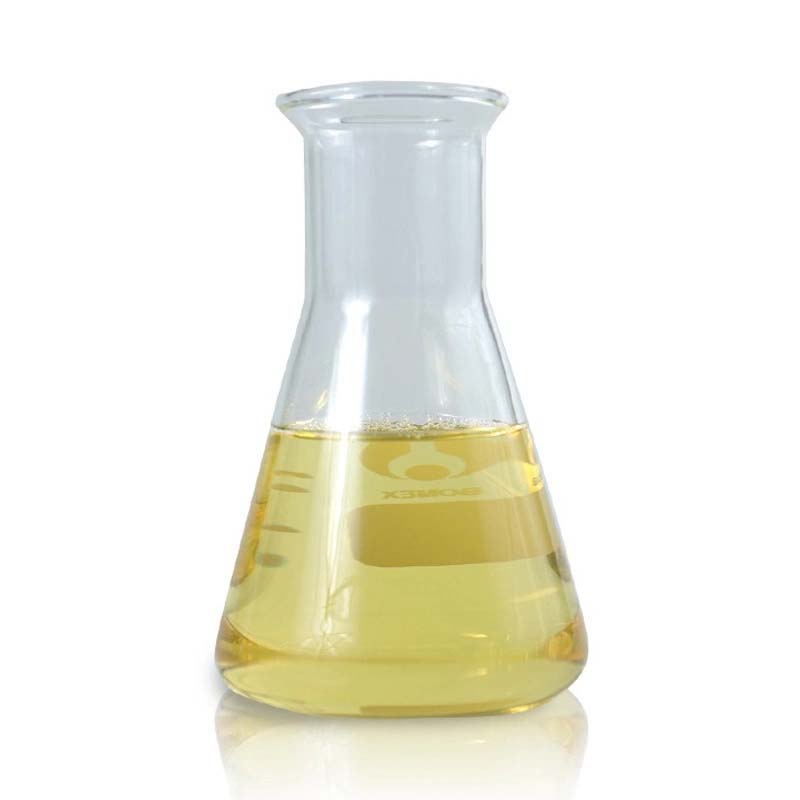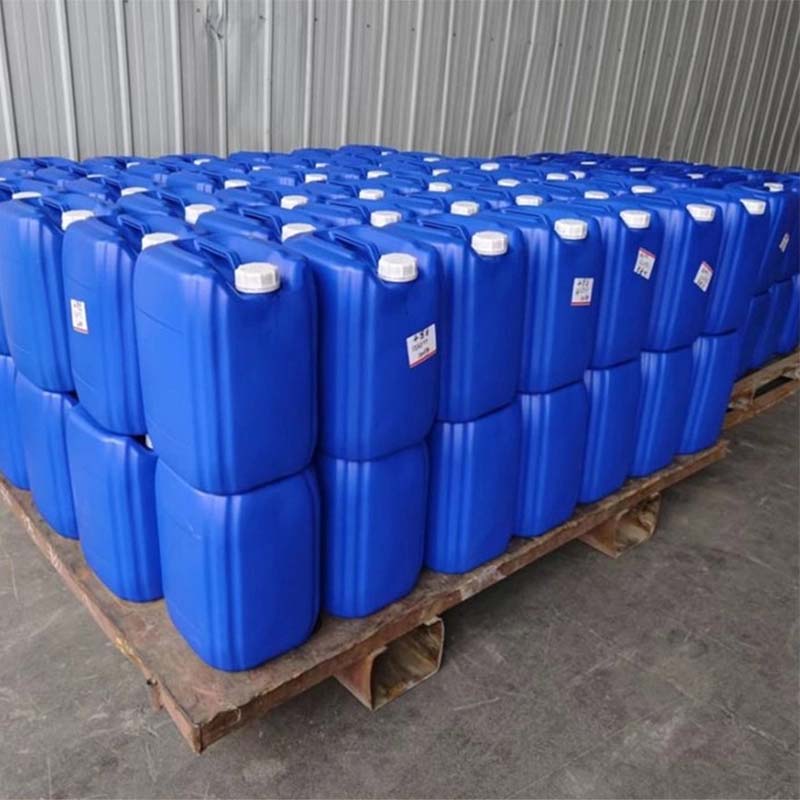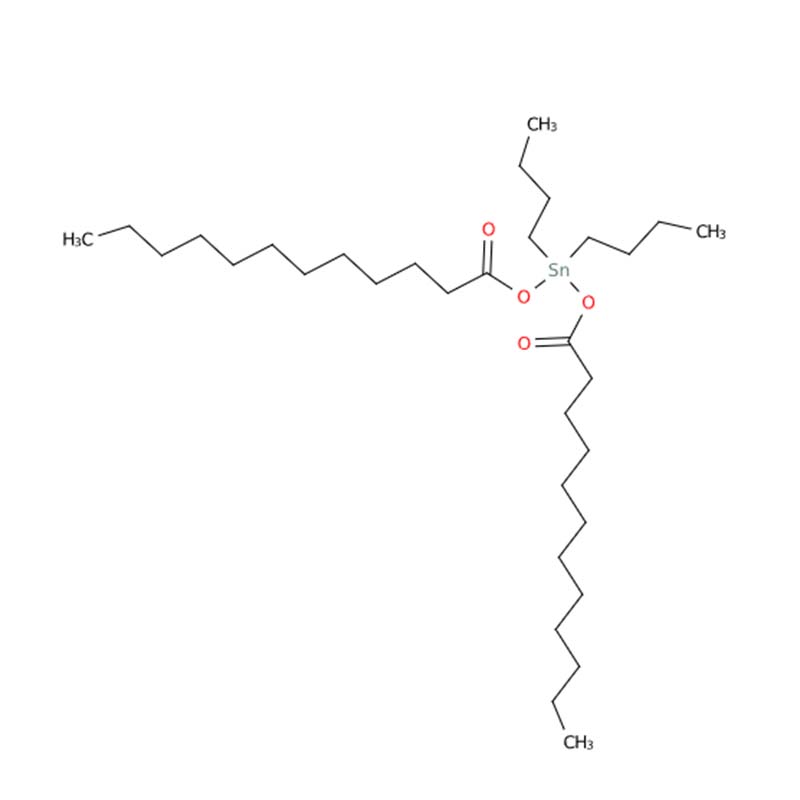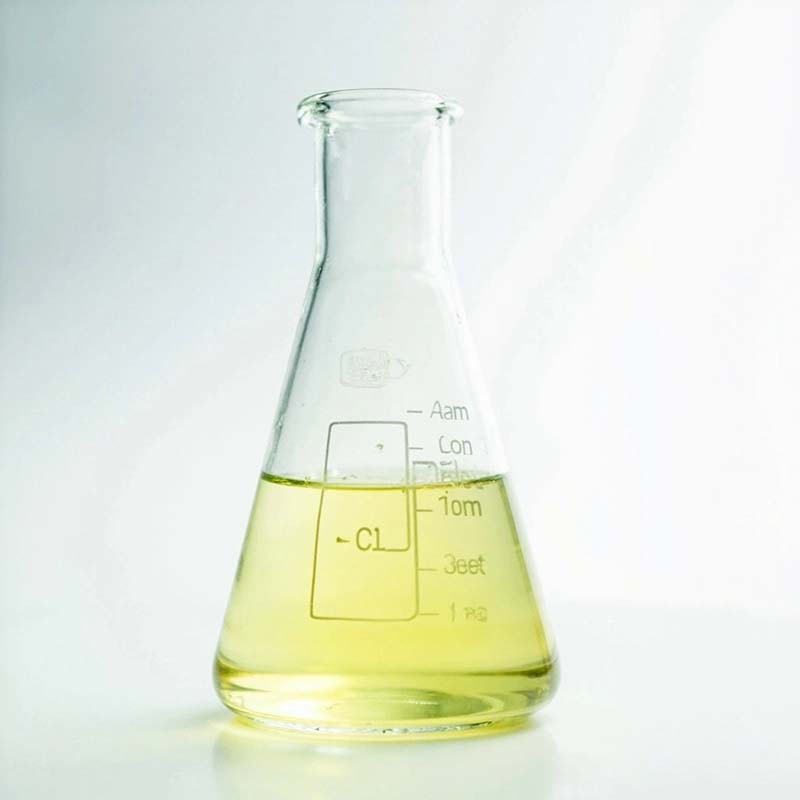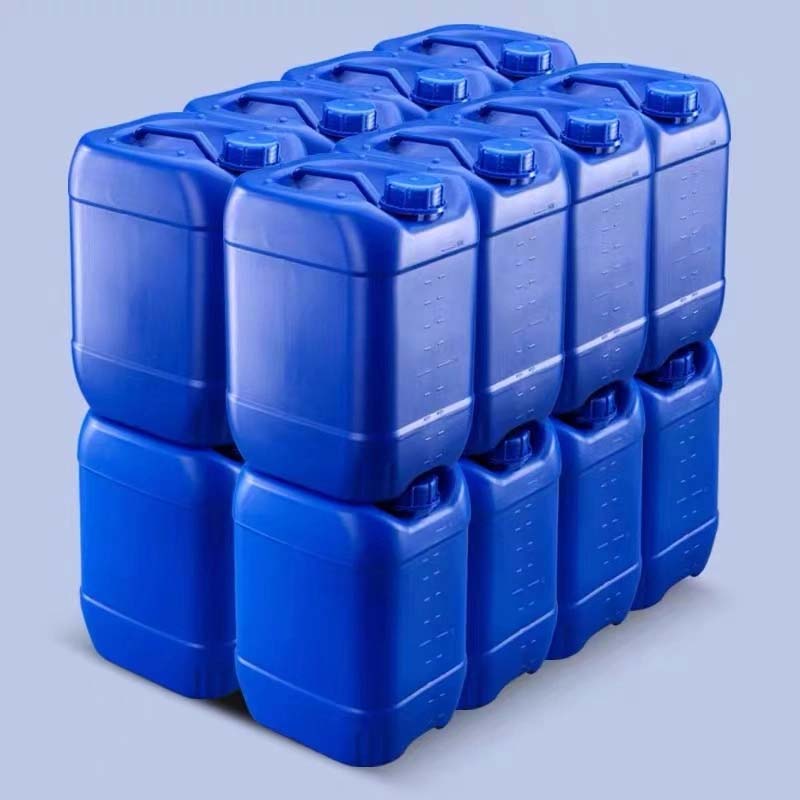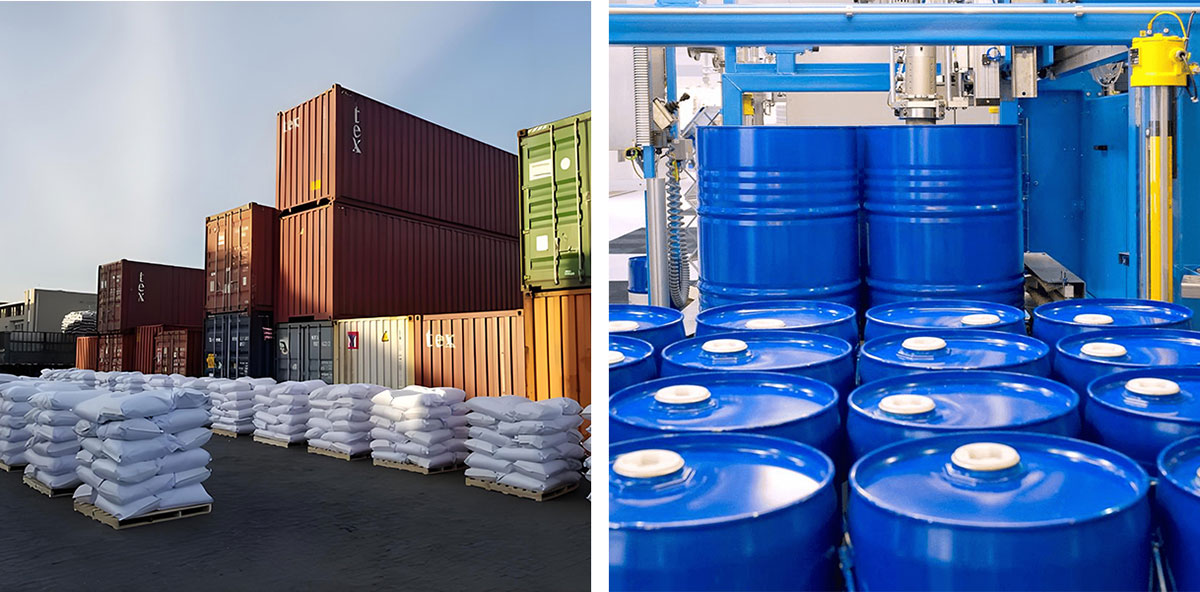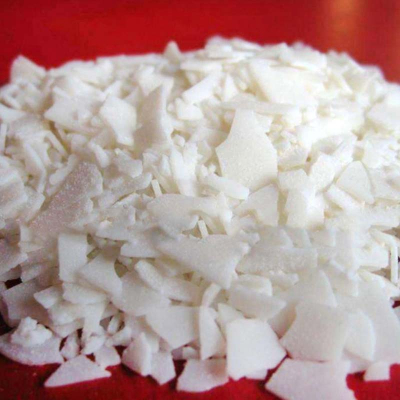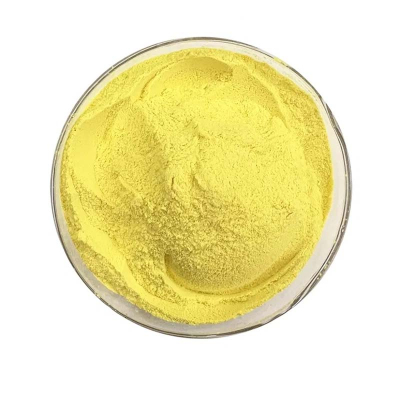Dibutyltin dilaurate
Excellent Solubility: Exhibits high solubility in diverse organic solvents and industrial plasticizers, ensuring easy integration into various formulations.
Versatile Applications: Serves as a multi-functional additive, stabilizer, lubricant, and catalyst in industries including PVC, rubber, polyurethane foam, polyester, and silicone rubber.
Enhanced Product Performance: Improves lubricity, optical clarity, weatherability, and resistance to sulfide staining in finished products.
High Thermal Stability: Functions as a high-boiling-point organotin catalyst with consistent performance across a broad range of temperatures.
Dibutyltin dilaurate is an organotin additive soluble in a variety of organic solvents—including benzene, toluene, carbon tetrachloride, ethyl acetate, chloroform, acetone, petroleum ether, and most industrial plasticizers—while being insoluble in water. This high-boiling-point organotin catalyst is typically liquefied for ease of use and appears as a pale yellow to colorless oily liquid at room temperature, forming white crystalline solids at lower temperatures. It is widely employed as a functional additive in PVC formulations, where it enhances lubricity, transparency, weather resistance, and resistance to sulfide contamination. It also serves as a stabilizer in soft transparent products and an efficient lubricant in rigid transparent items. Additionally, dibutyltin dilaurate acts as a catalyst in crosslinking reactions involving acrylate and carboxyl rubbers, as well as in the synthesis of polyurethane foams, polyesters, and room-temperature-vulcanizing (RTV) silicone rubber.
Parameters
Melting point | 22-24°C |
Boiling point | >204°C/12mm |
density | 1.066 g/mL at 25 °C(lit.) |
vapor pressure | 0.2 mm Hg ( 160 °C) |
refractive index | n20/D 1.471(lit.) |
Fp | >230 °F |
storage temp. | Store below +30°C. |
solubility | <1.43mg/l |
form | Oily Liquid |
color | Clear pale yellow |
Specific Gravity | 1.066 |
Water Solubility | <0.1 g/100 mL at 20 ºC |
FreezingPoint | 8℃ |
Merck | 14,3038 |
BRN | 4156980 |
Exposure limits | ACGIH: TWA 0.1 mg/m3; STEL 0.2 mg/m3 (Skin) |
Stability: | Stability Combustible. Incompatible with strong oxidizing agents. May be air sensitive. |
InChIKey | UKLDJPRMSDWDSL-UHFFFAOYSA-L |
LogP | 3.120 |
CAS DataBase Reference | 77-58-7(CAS DataBase Reference) |
EPA Substance Registry System | Dibutyltin dilaurate (77-58-7) |
Safety Information
Hazard Codes | T+,N,C,T |
Risk Statements | 22-26-36/38-50/53-68-48/25-43-34-61-60 |
Safety Statements | 26-28-36/37-45-60-61-36/37/39-24-53 |
RIDADR | UN 2922 8/PG 3 |
WGK Germany | 3 |
RTECS | WH7000000 |
F | 10-21 |
Autoignition Temperature | >200 °C |
TSCA | Yes |
HazardClass | 6.1 |
PackingGroup | III |
HS Code | 29319090 |
Hazardous Substances Data | 77-58-7(Hazardous Substances Data) |
Toxicity | LD50 orally in Rabbit: 175 mg/kg |
Dibutyltin dilaurate is a versatile catalyst widely used in the production of polyurethanes and for transesterification reactions. It is crucial in the vulcanization process of silicones and acts as an effective stabilizer for polyvinyl chloride (PVC). In addition, this compound serves as a corrosion inhibitor for polyurethanes, polyols, and silicones, and is also employed as an additive in fuel formulations.



